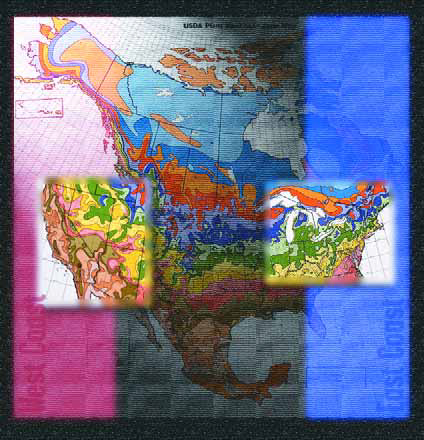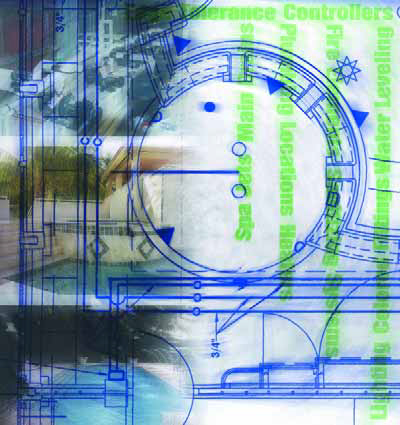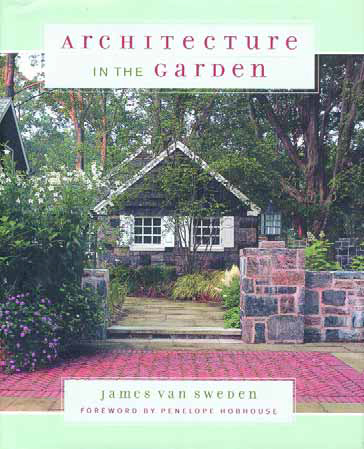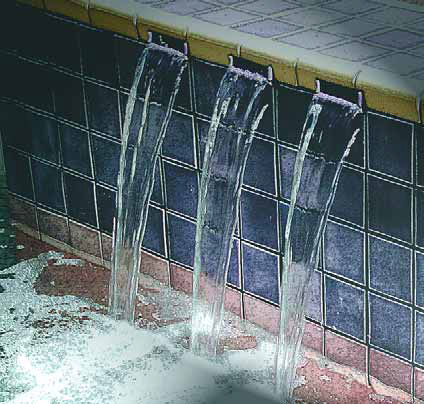There are those in this business who are extremely adept at selling, and I'm definitely not one of them. I get by, but it's never been my long suit by any means. I've always admired the good salespeople I've met, and I fully accept the hard reality that to build a watershape at any level, one must sell it first. But I came up on the design/construction side of the watershaping business, and I've never found a clear way past the fact that, for me, sales has always been an area where I consistently have plenty of room for personal growth and improvement. I know that selling is important not only because it brings business through the door, but also because it sets the stage for everything that follows as a project progresses. As practiced by real professionals, I've observed that it's much more about
Recently, I've been involved in the early stages of a project that has lent new meaning to the phrase, "seeing is believing." It came up as a result of a call from an agent for a well-heeled client who was interested in having me design and build a residential swimming pool in the Dallas/Fort Worth area. When I arrived in Texas, I was met by the owner's agent, David, and by Marcus Bowen, a landscape architect who was part of the large project team, which, I would learn, included architects, a landscape architect, an interior designer, a lighting designer, various engineers, numerous
My daughter and I just returned from our annual trip to visit family in Connecticut and used the occasion this time to travel all over the northeast - from Boothbay Harbor, Portland and Camden in Maine to Martha's Vineyard and Nantucket and other parts of Massachusetts as well as slices of New Hampshire and Rhode Island. I'm never disappointed by the beauty I find in that part of the country. The landscapes are much lusher than they are at home in southern California, a fact that drives home the point that I spend most of my time in a desert. The old-growth trees back east are
I operate under the hopeful assumption that all professional watershapers know that detailed, quality construction plans are crucial to the success of any project. Too often, however, I get the unsettling feeling that some contractors in the watershaping trades see plan documents mainly as a means of securing a construction permit. Such a bare-minimum approach can lead to an endless array of problems that can be summed up simply: Plans lacking in detail leave way too many issues to chance and inevitably lead to mistakes. And because we all work in a field where things are quite literally
It only stands to reason that you can't have a watershape without the water, but I sometimes wonder just how much watershapers really know about
When people talk about how much they love living in the desert, I've come to believe that what they really mean is that they love living in an oasis looking out onto the desert. That's profoundly ironic, but my clients in St. George, Utah, have all chosen for one reason or another to move to an extraordinarily arid place and seem universally to crave the presence of water in their immediate surroundings. This is indeed one of the most important things they're looking for in homes in our developments. It's one of the reasons why
Local historians claim that the image of Philadelphia's Fairmount Water Works was the most reproduced of any industrial site in the United States through the first half of the 19th Century - and for good reason. At that time, the facility represented the absolute state of the art and served as a major point of pride for local residents as well as a source of fascination to visitors from near and far. Throughout its long history, the facility was indeed at the leading edge of water-delivery technology and is now the ideal place to capture and tell the story of the development of environmentalism in the 19th and 20th centuries. The story begins
Good Bones I may be biased, but I think that James Van Sweden is the most important and certainly one of the most influential landscape architects working today. His work in suburban residential settings has influenced an entire generation of designers, and his signature use of ornamental grasses, stacked ledger walls and well-designed pathways can be seen in thousands of spaces across the country. Van Sweden's latest book (his third) is Architecture in the Garden (Random House, 2002), which is all about designing spaces that have, as he puts it, "good bones." What he means is that without a design that takes the architecture of the home, a site's characteristics and the
As much I enjoy seeing my own projects come to fruition, there's something wonderful in seeing watershapers I know achieve great results in their work. I admire and encourage the effort, especially when the outstanding outcomes are the result of a professional's concentrated efforts to improve his or her own skills. This is one of the reasons I teach: I take great satisfaction in sharing my techniques, sensibilities and the conviction that what I do is special, a true form of art.Sometimes I speak with former






















